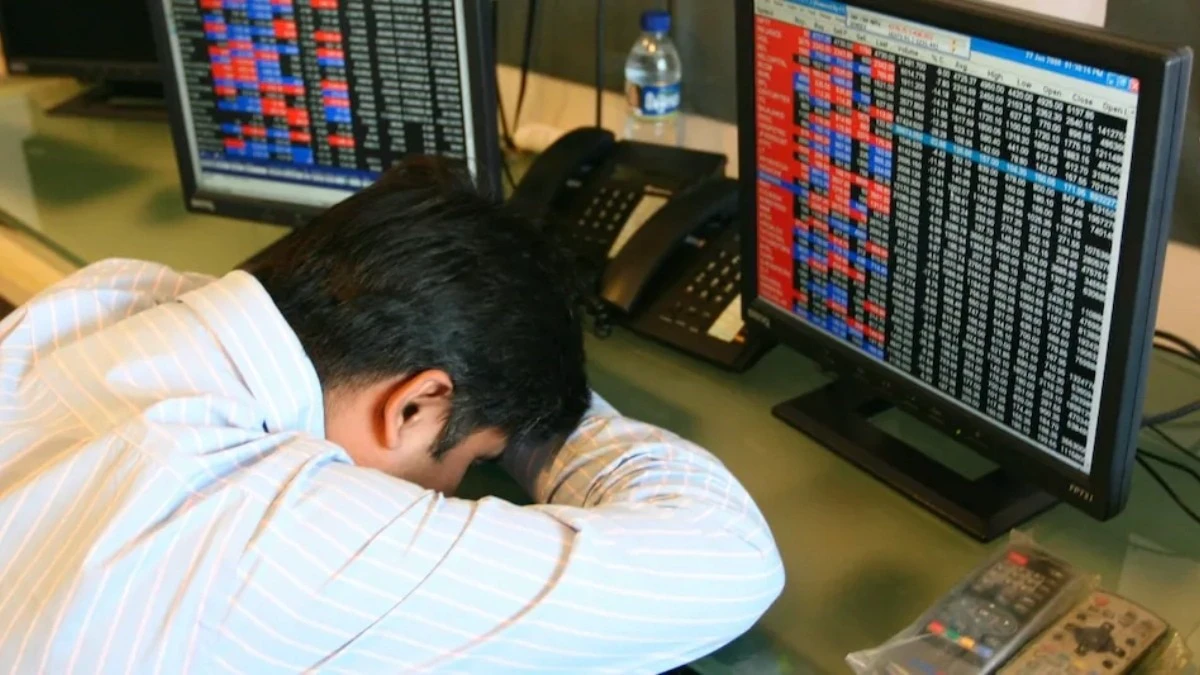Domestic stock markets opened Thursday’s market session on a jittery note after US President Donald Trump announced an additional 25% tariff on certain Indian exports, citing India’s continued imports of Russian oil.
While the move was widely expected, it has added another layer of uncertainty for investors already grappling with global headwinds.
The Sensex slipped over 432.70 points to 80,111.29 around 10:34 am, while the Nifty50 fell 141.50 points to 24,432.70, reflecting .
UNCERTAINTY REMAINS HIGH
Dr. VK Vijayakumar, Chief Investment Strategist at Geojit Financial Services, noted that the 21-day window before the tariffs come into effect offers room for negotiation. However, the outlook remains clouded.
“There is huge uncertainty surrounding the trade policy and to what extent both nations will be willing to make compromises,” he said. “President Trump, fresh from the successes he has extracted in deals with others,others, including the EU, is unlikely to budge significantly from his unjustified stand. Unfortunately for India, the US is bargaining from a position of strength.”
He praised India’s “mature and measured” response so far but warned that the market could remain under pressure in the near term. “Export-oriented sectors will remain weak. Domestic consumption themes like banking and financials, telecom, hotels, cement, capital goods and segments of automobiles will remain resilient,” Vijayakumar added.
NOT CAUGHT OFF GUARD
According to Santosh Meena, Head of Research at Swastika Investmart, markets had already priced in this escalation to an extent. “This move was largely anticipated by the markets, as President Trump had earlier hinted at such a development. As a result, there is no fresh negative surprise,” he said.
He noted that India has so far resisted pressure from Washington, especially in protecting its politically sensitive agriculture and dairy sectors. He characterised the tariff hike as “part of Trump’s aggressive negotiation strategy” and pointed to the upcoming US trade delegation visit on August 24 as a key moment to watch.
Meena believes , and that acts as a buffer. “India remains a domestic consumption-driven economy, with limited direct exposure to the US, except in key sectors like IT, pharmaceuticals, and electronics,” he said, adding that these have been spared from the latest tariff list.
However, textiles, gems and jewellery, and leather may come under “sentimental pressure in the near term.”
Rahul Ahluwalia, Founder-Director of Foundation for Economic Development, said, “The main sectoral impact will be felt by labour-intensive areas which do not have tariff exemptions, like apparel, gems, jewellery and other such sectors where overall we have more than 30bn USD of exports to the US.”
WHAT SHOULD INVESTORS DO?
For long-term investors, Meena advises staying invested. “This development is part of ongoing global trade tensions and shouldn’t distract from India’s long-term growth potential,” he said, suggesting that short-term corrections could offer entry opportunities ahead of an expected earnings revival in the coming quarters.
Short-term traders, however, may want to be more defensive. “The short-term outlook remains uncertain due to a combination of muted Q1 earnings, stretched valuations, and global trade tensions,” Meena said. “A selective approach is advisable.”
With geopolitical tensions rising and domestic indicators turning soft, investors are bracing for a volatile ride.
Export-facing sectors may struggle in the near term, but experts seem to suggest that India’s underlying consumption story remains intact.
